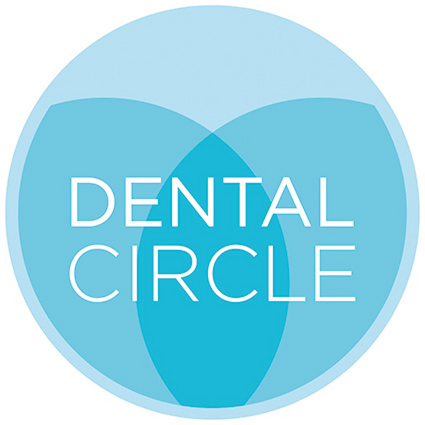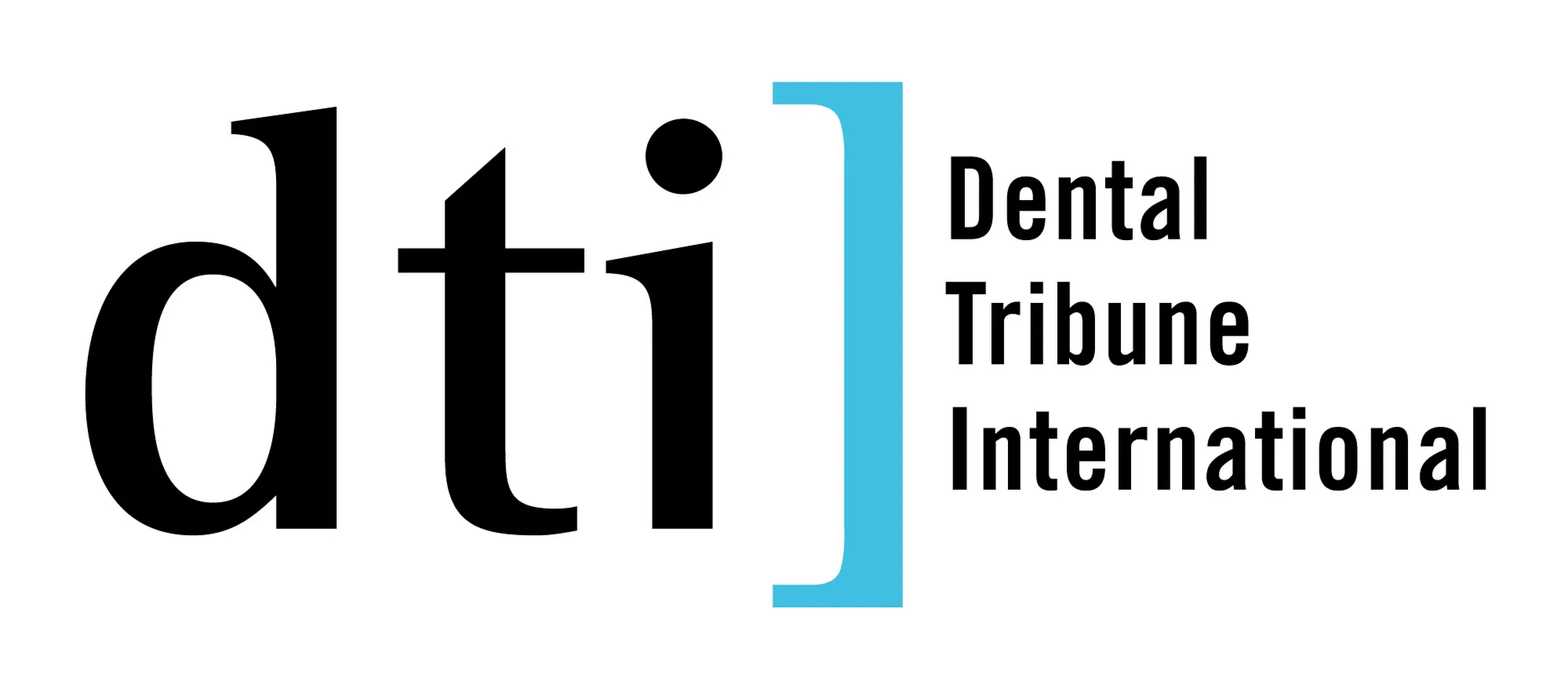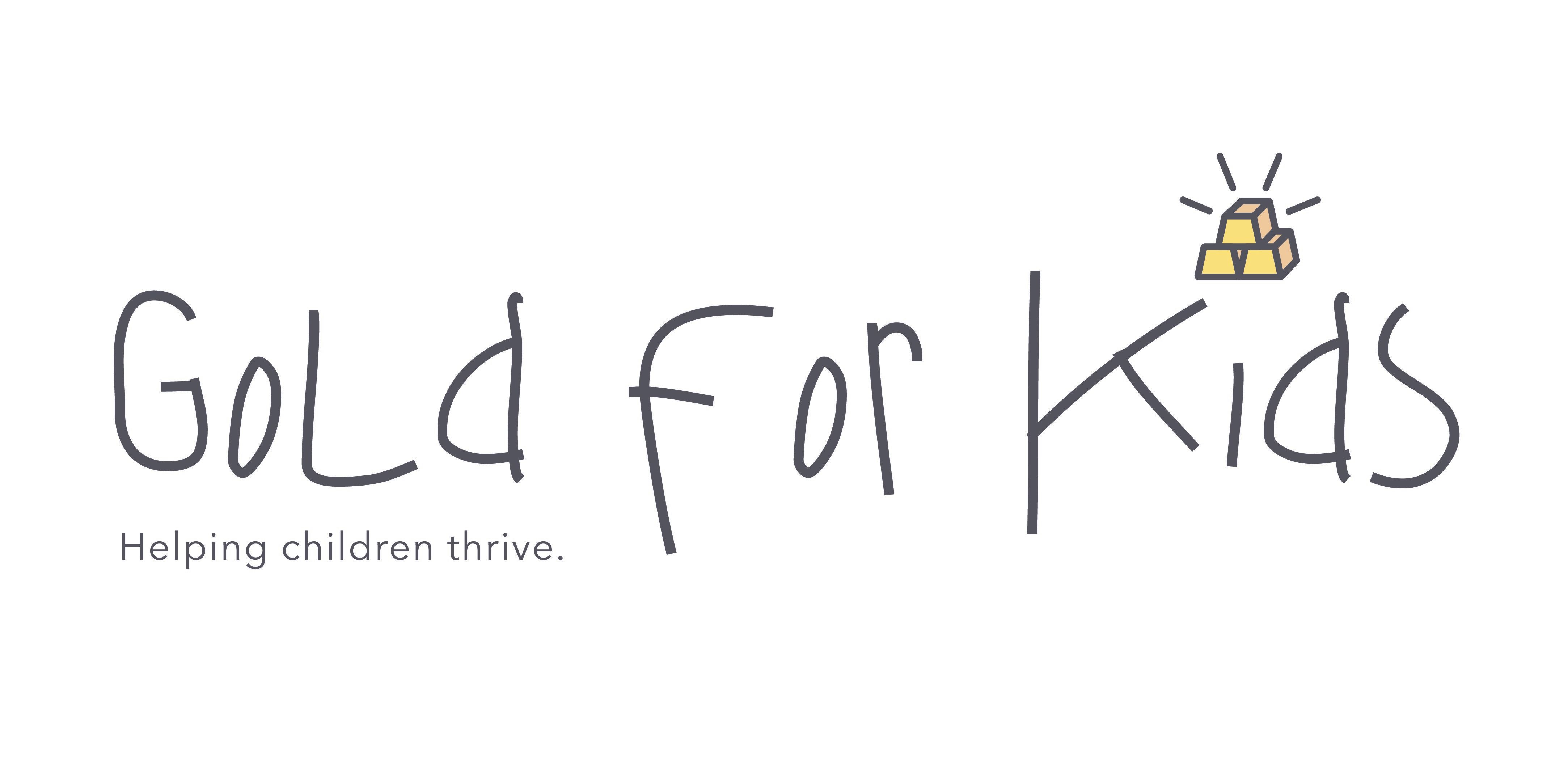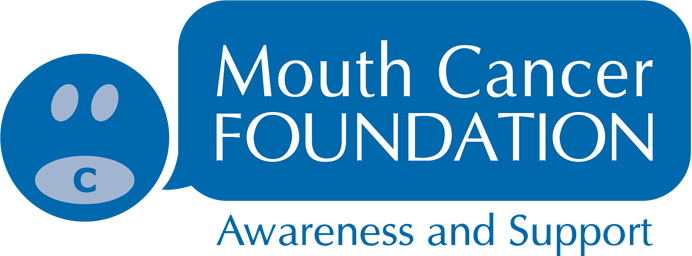Xerostom – Clinically Proven Relief for Dry Mouth
)
Xerostomia affects a significant portion of the population
and is commonly linked to polypharmacy, radiation therapy, autoimmune
conditions, orthodontic treatment, and ageing. Left untreated, it can lead to
an increased risk of dental caries, oral infections, and difficulties in speech
and swallowing, significantly compromising oral health and quality of life.
What sets Xerostom apart is its clinically proven efficacy.
Research has shown that Xerostom increases salivary flow by up to 200% (Ship
et al., 2007), offering long-lasting hydration and symptom relief. Its
unique formulation, enriched with olive oil, betaine, and xylitol, has been
extensively studied for its effectiveness in post-radiotherapy and
medication-induced dry mouth (Martín et al., 2017).
Key clinical benefits of Xerostom:
- Clinically
proven to increase saliva production (Ship et al., 2007).
- Alcohol-free
and non-irritating formulation, suitable for long-term use (Davies et
al., 2001).
- Enriched
with Xylitol, Vitamin E, and Betaine, helping to maintain oral mucosal
hydration and prevent bacterial overgrowth.
- Comprehensive
range to address different levels of dry mouth and lifestyle choices.
Dental professionals are invited to Stand D70 to explore the
clinical applications of Xerostom and learn how it can enhance patient care.
For further details or to place an order, contact Oraldent
at 01480 862080, email info@oraldent.co.uk, or visit www.oraldent.co.uk.
References:
· Ship
J.A., et al. (2007). Safety and effectiveness of topical dry mouth products
containing olive oil, betaine, and xylitol in reducing xerostomia for
polypharmacy-induced dry mouth. Journal of Oral Rehabilitation, 34(7),
724-732.
· Davies
A.N., Broadley K., Beighton D. (2001). Xerostomia in patients with advanced
cancer. Journal of Pain and Symptom Management, 22(4), 820–825.
· Martín,
M., et al. (2017). Products based on olive oil, betaine, and xylitol in post-radiotherapy
xerostomia. Reports of Practical Oncology and Radiotherapy, 22(1),
71-76.
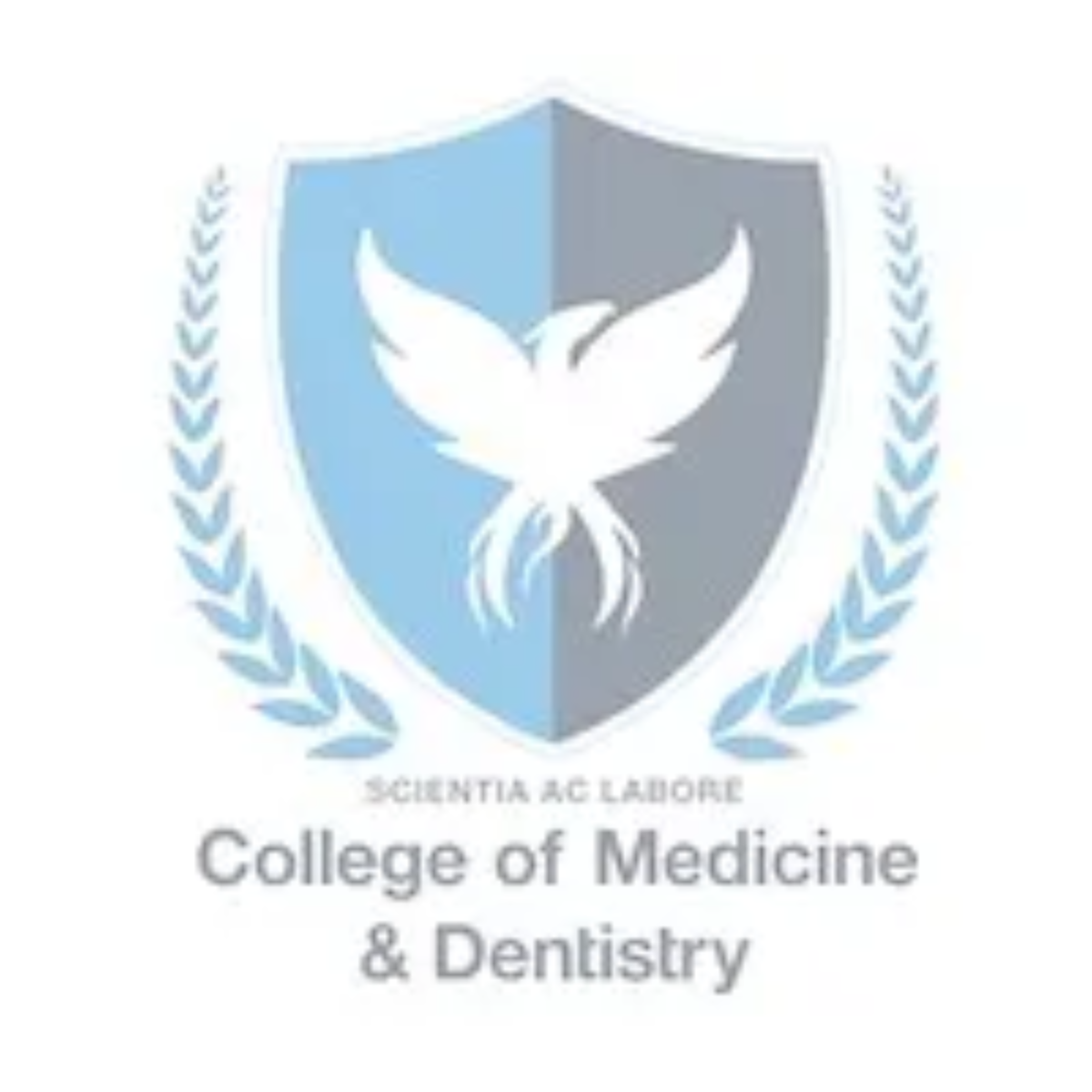
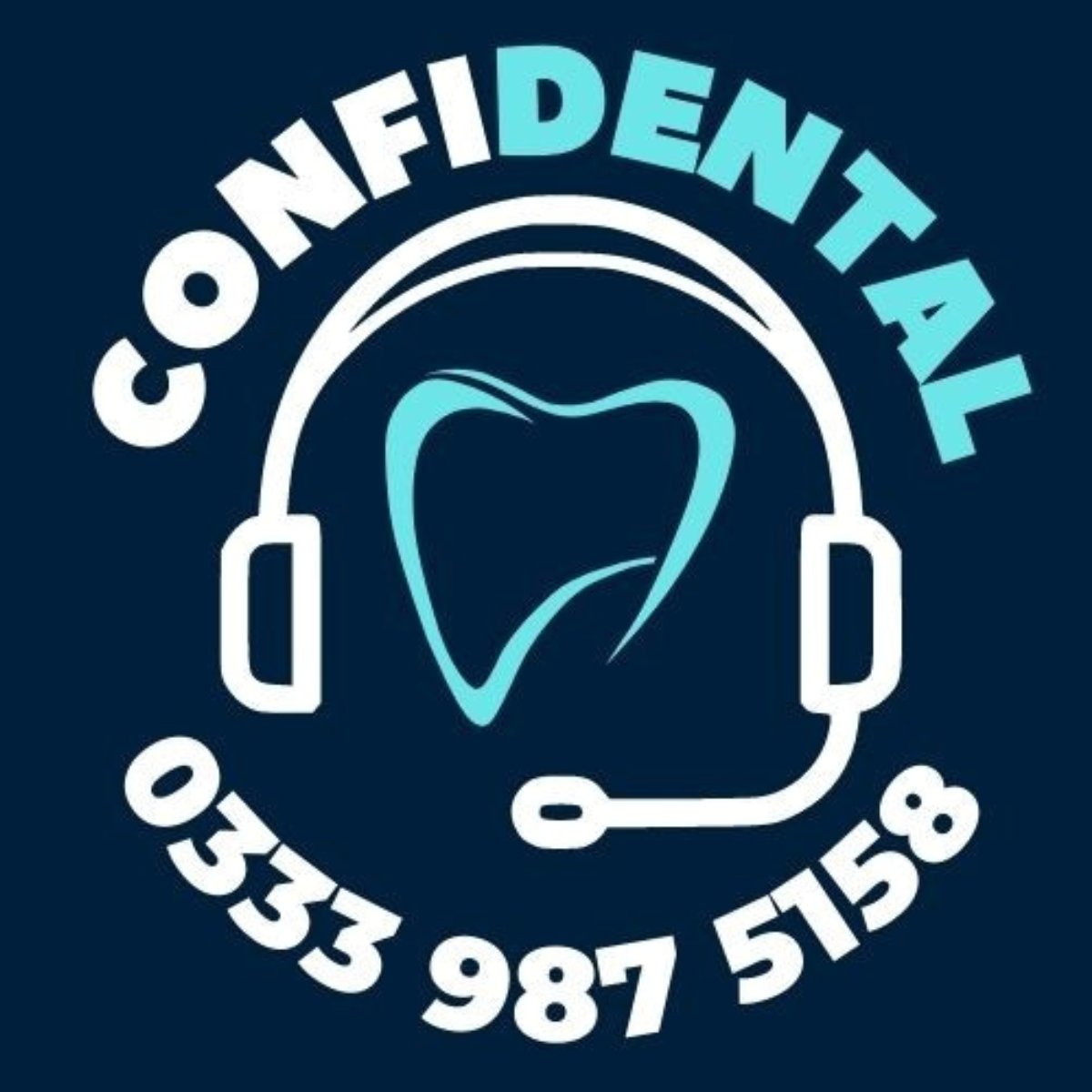

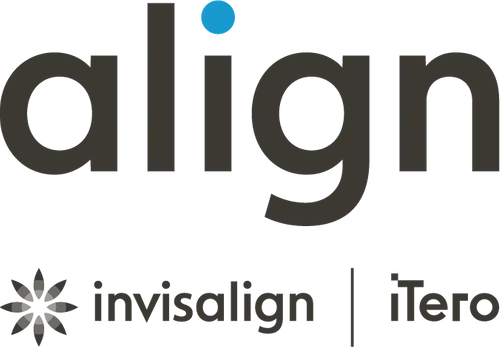
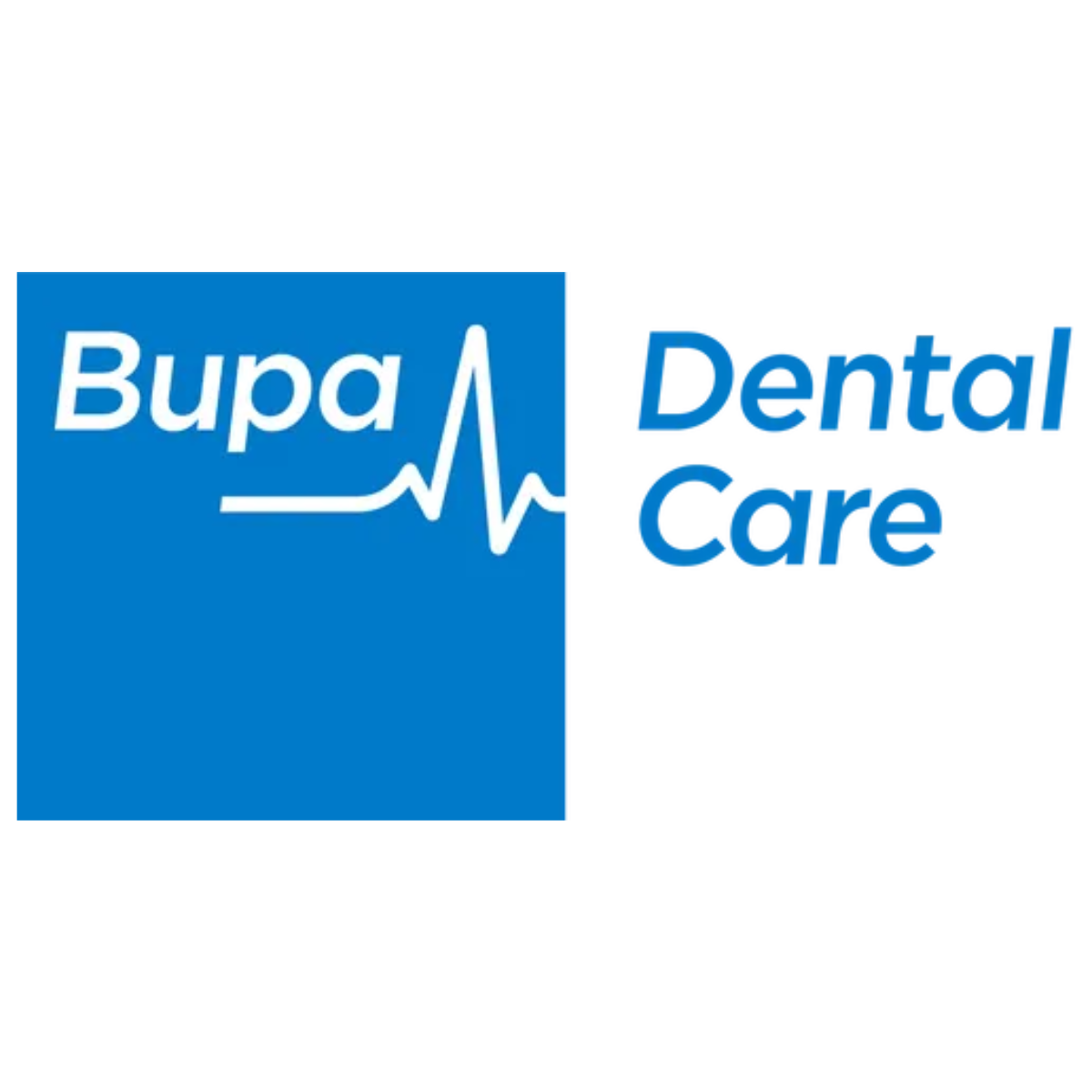



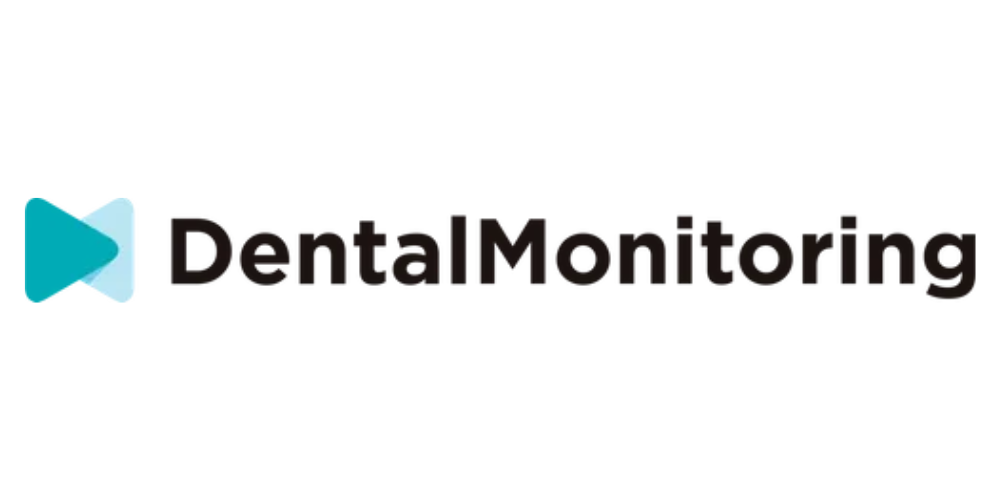
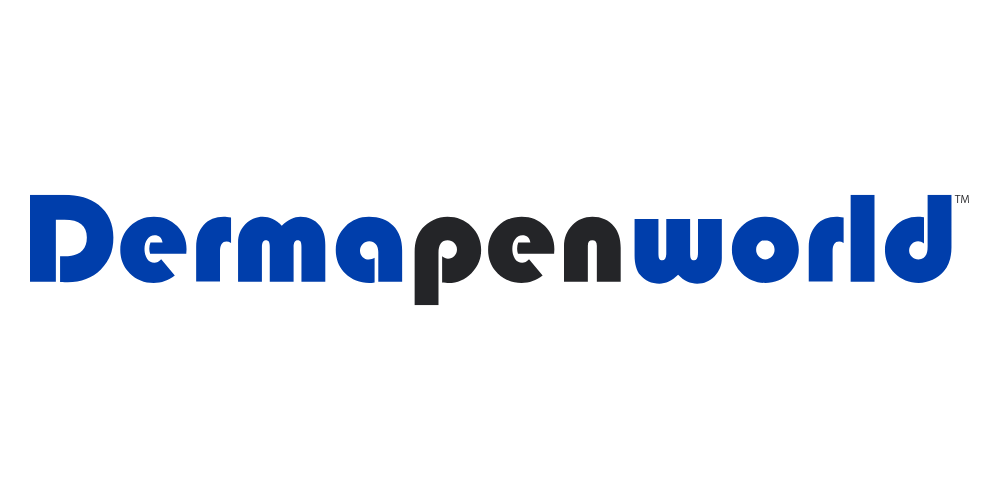



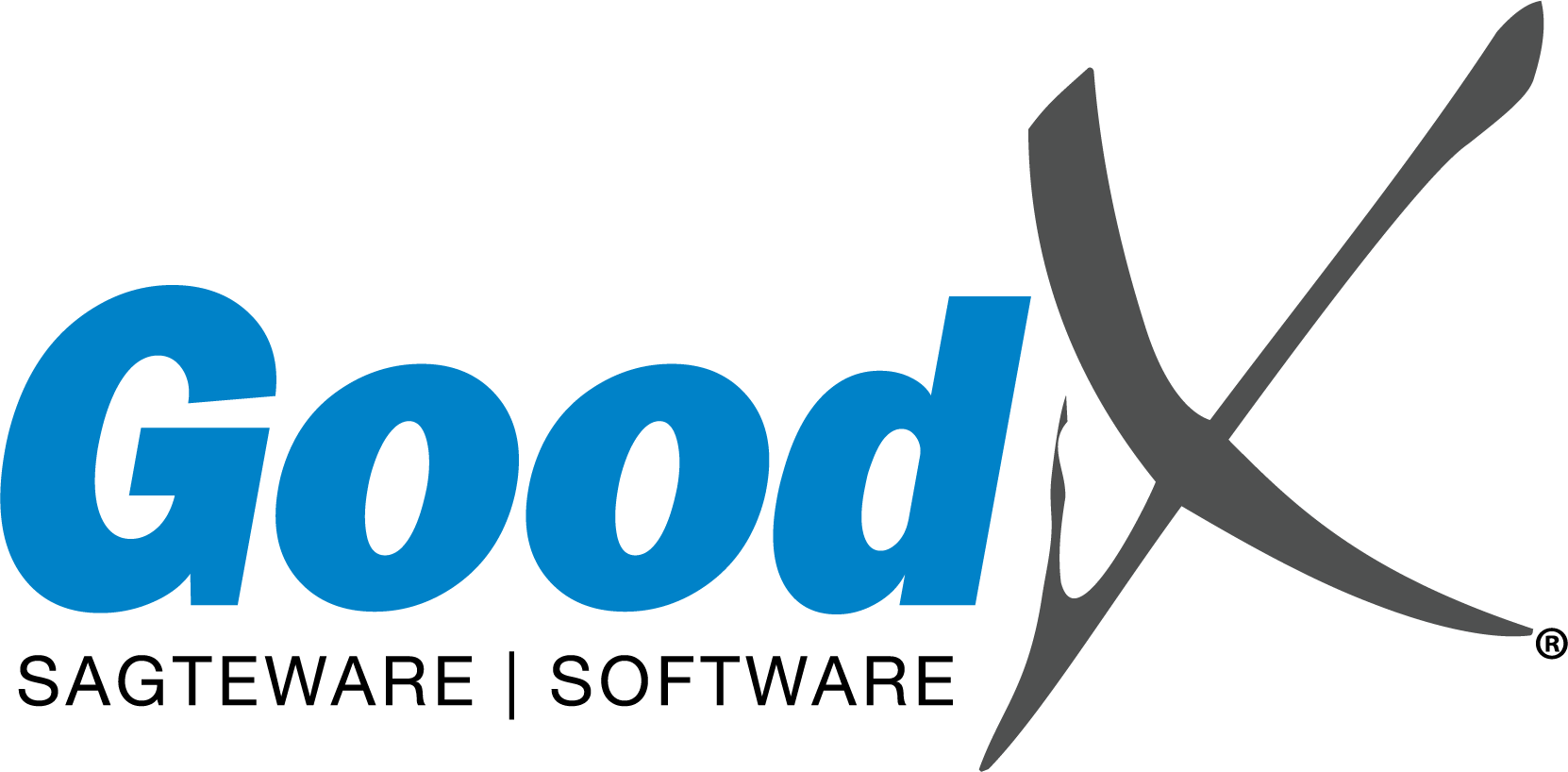





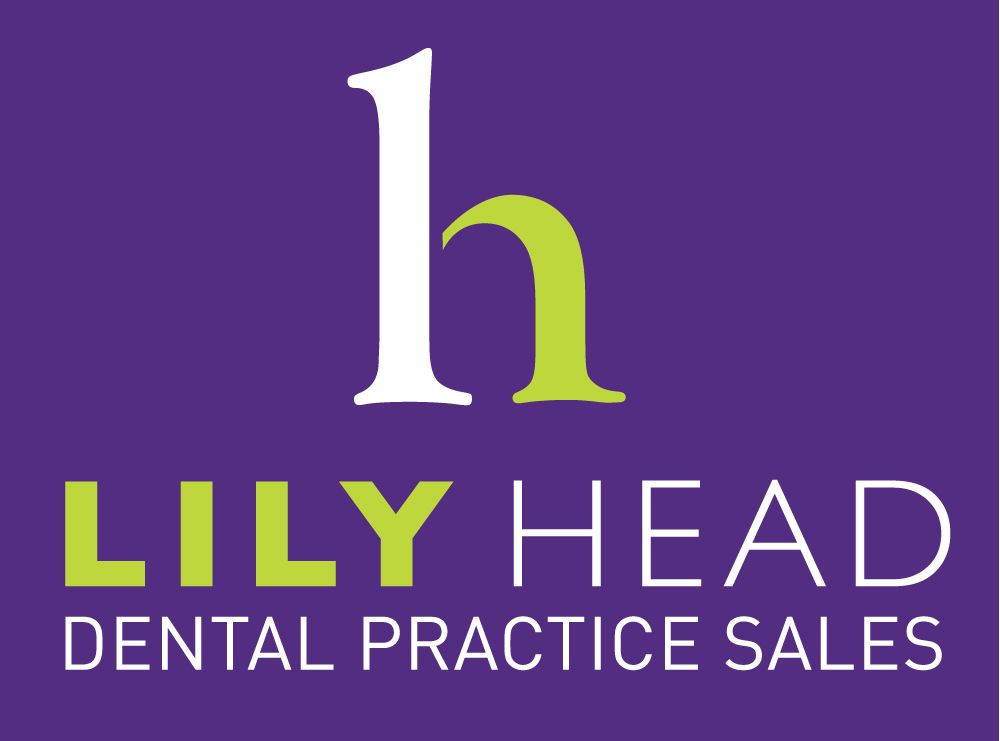

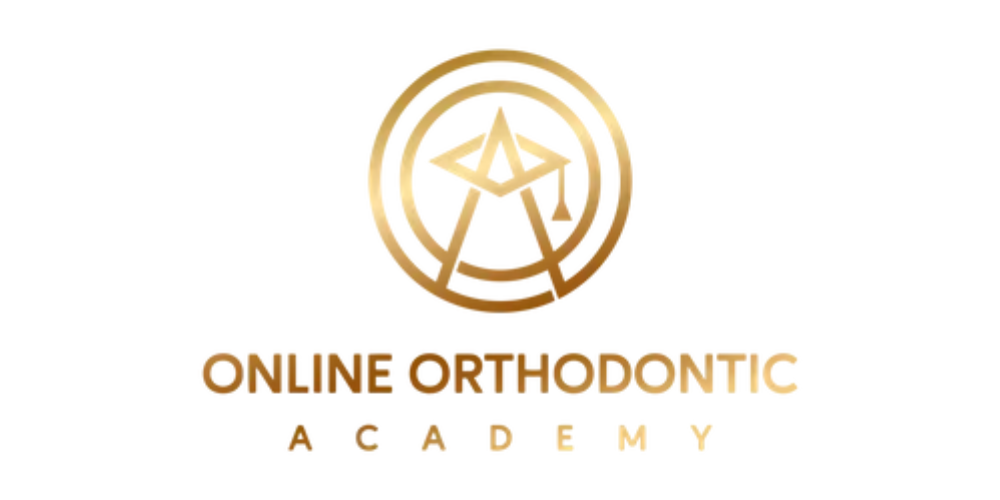
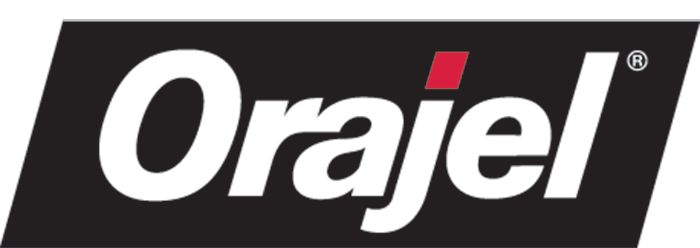

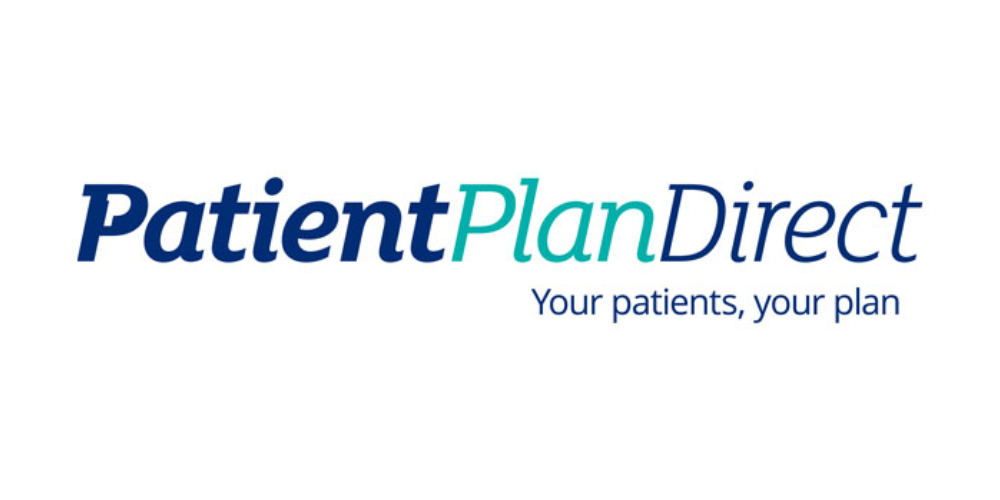
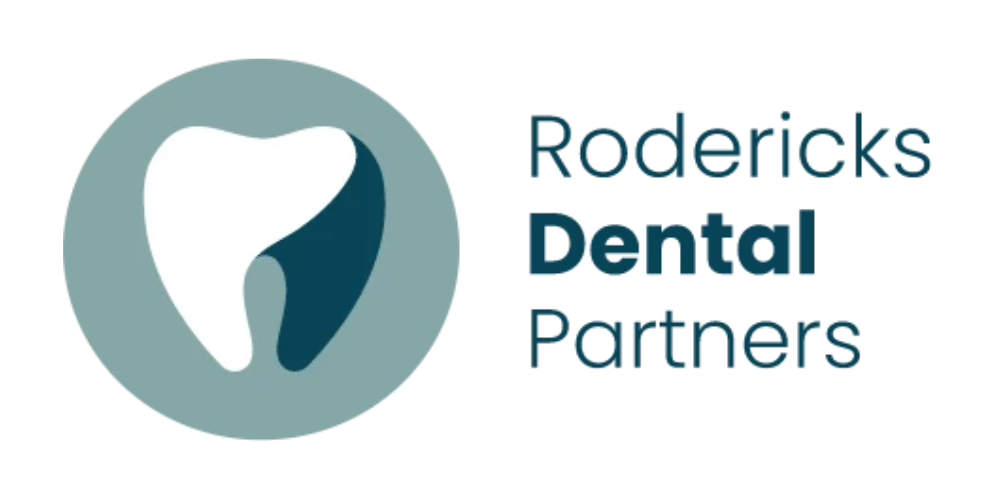

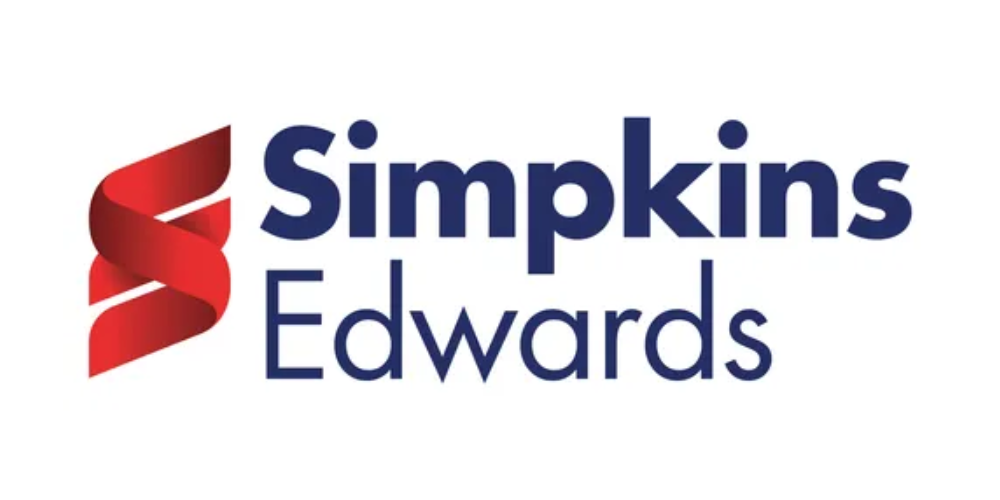





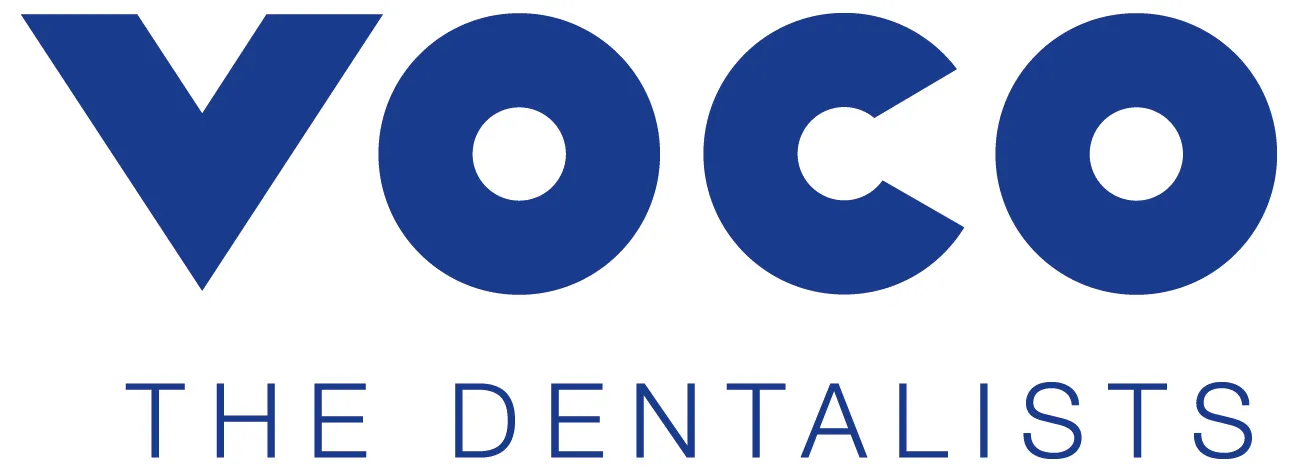
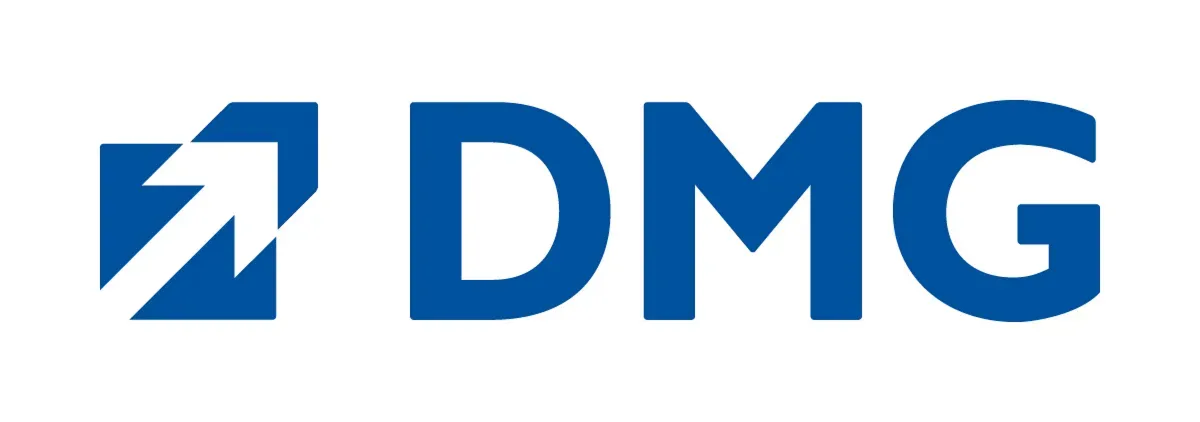

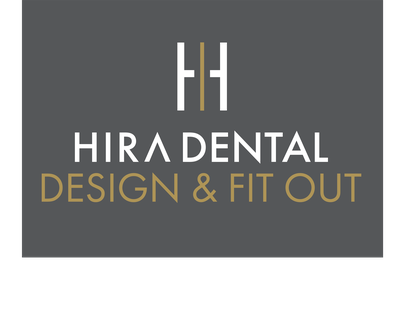

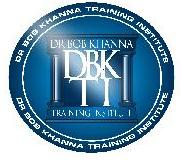

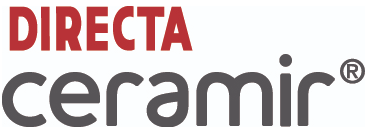

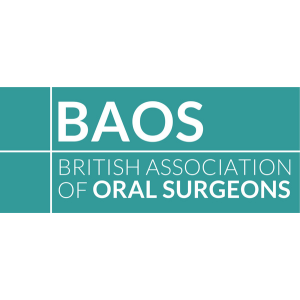
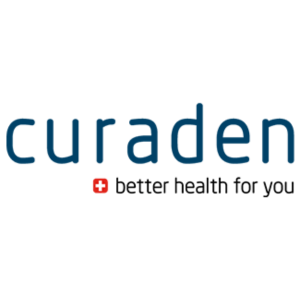
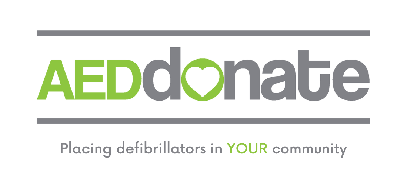
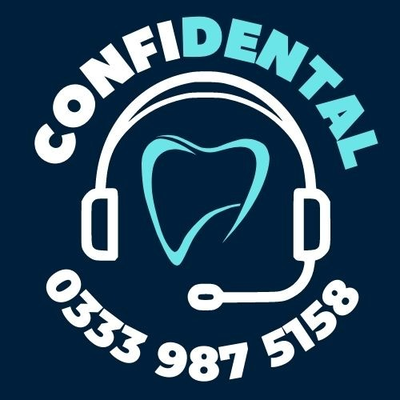


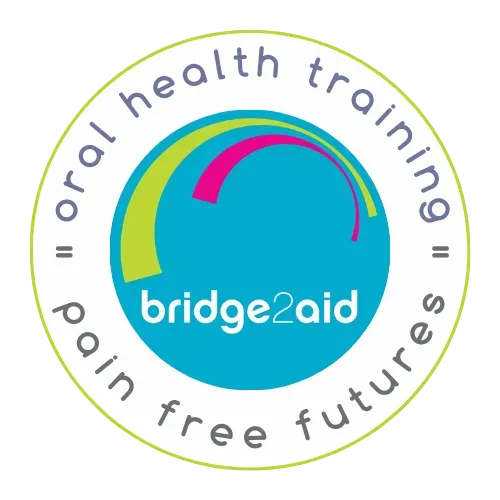
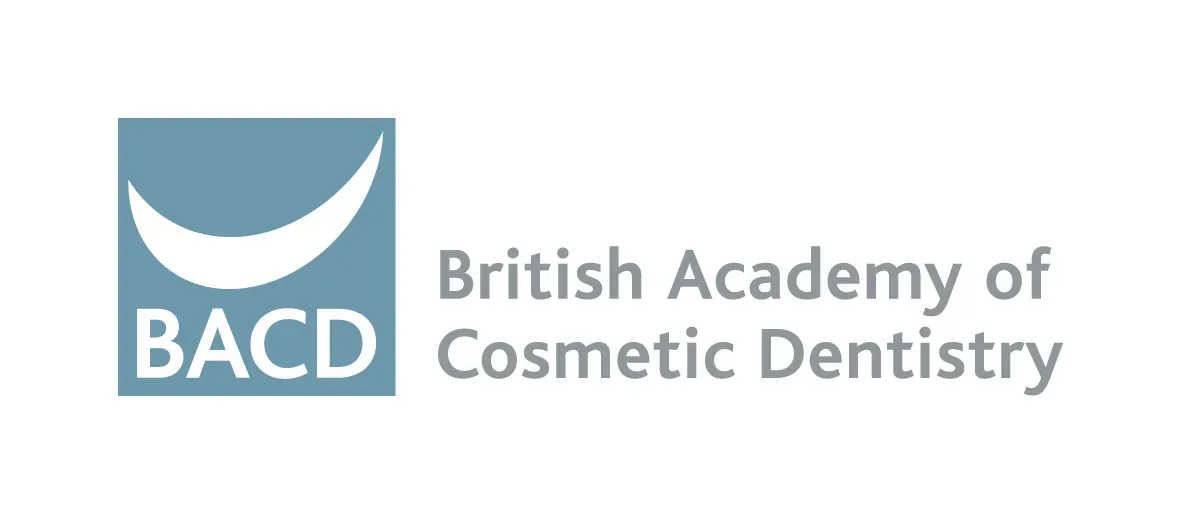

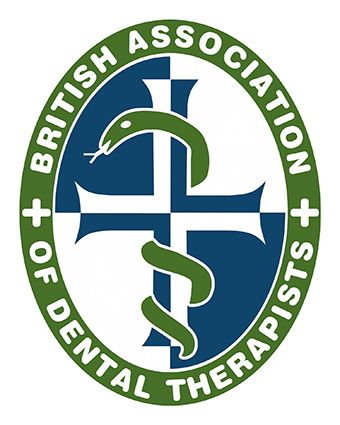
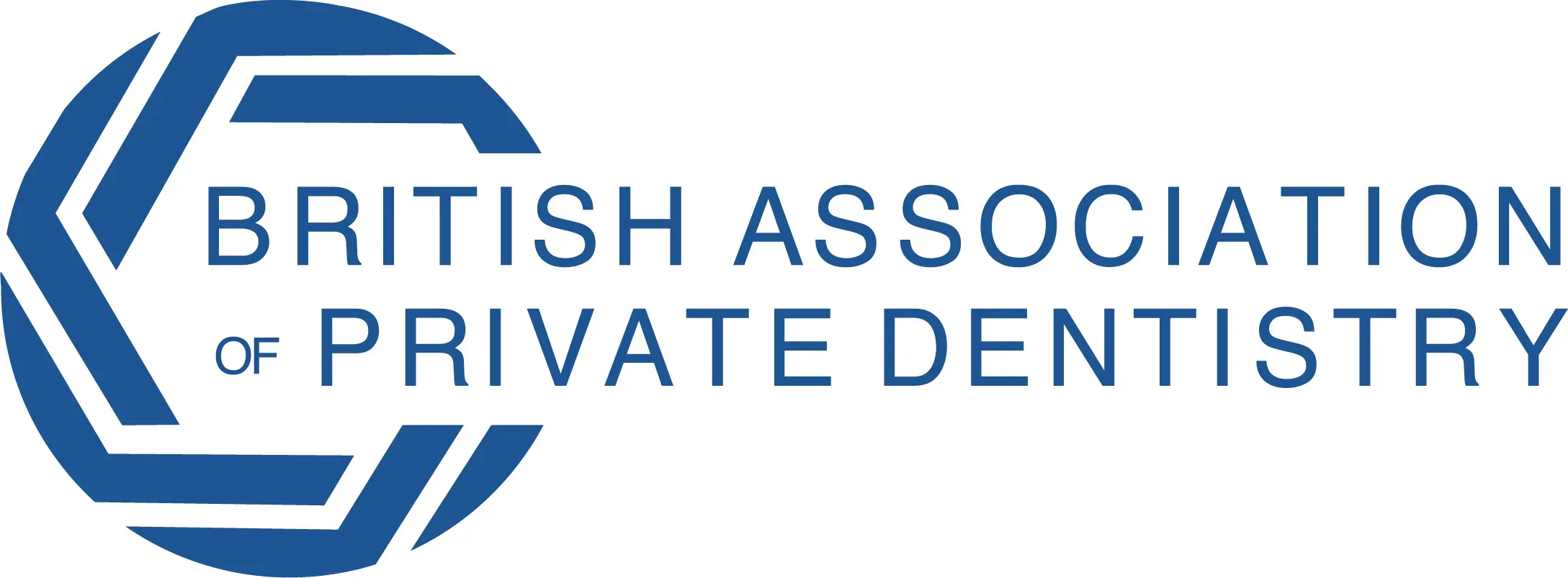

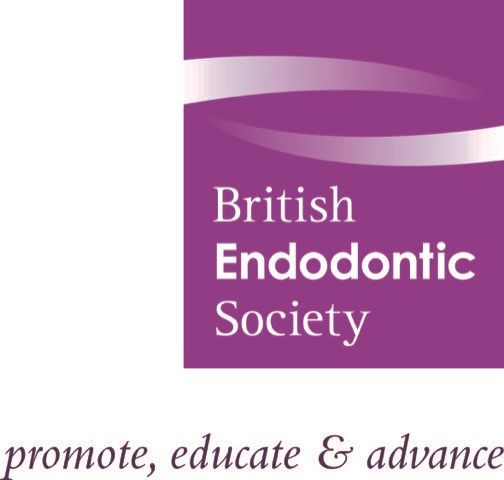
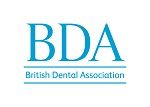
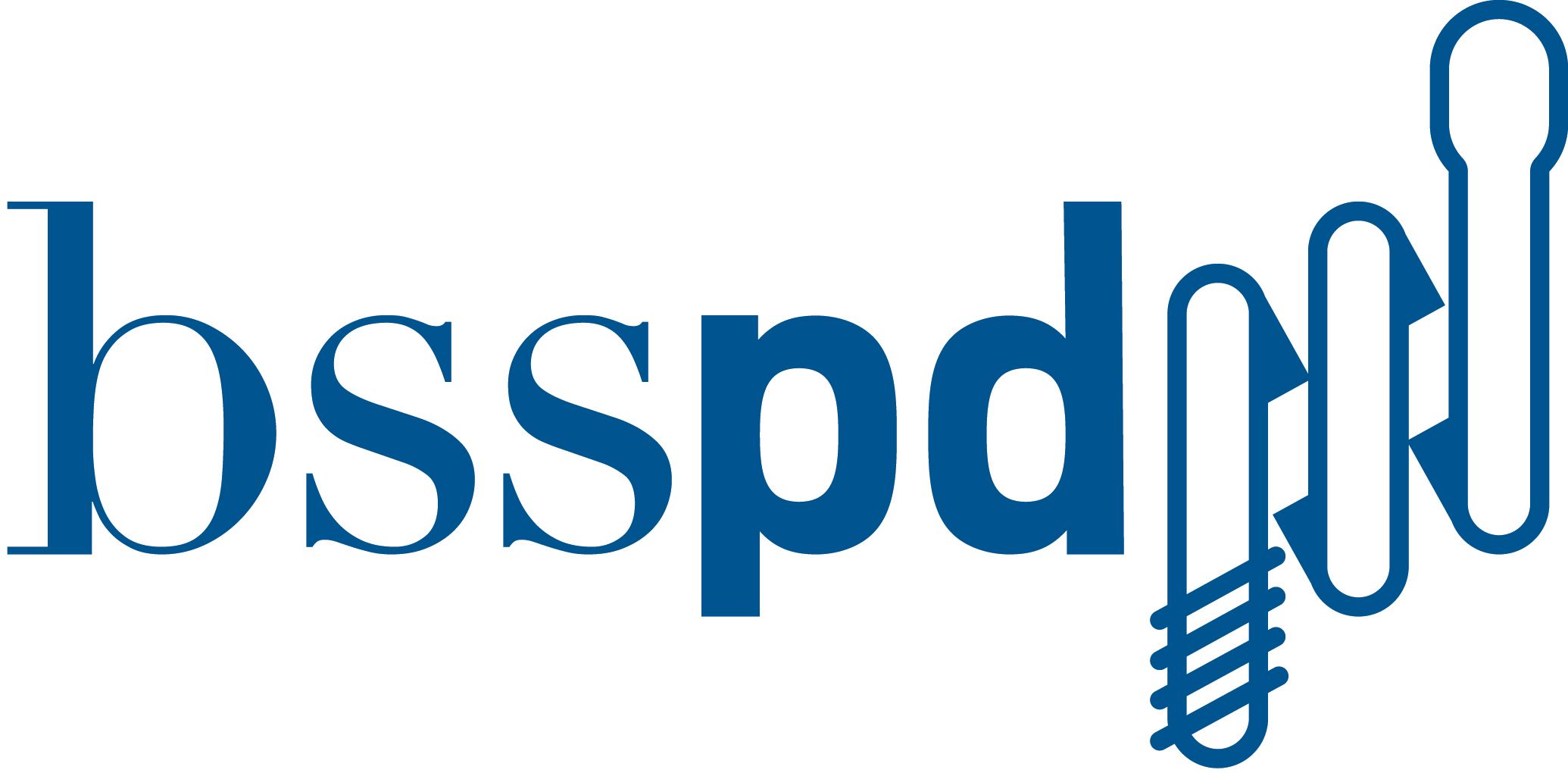

.png)

